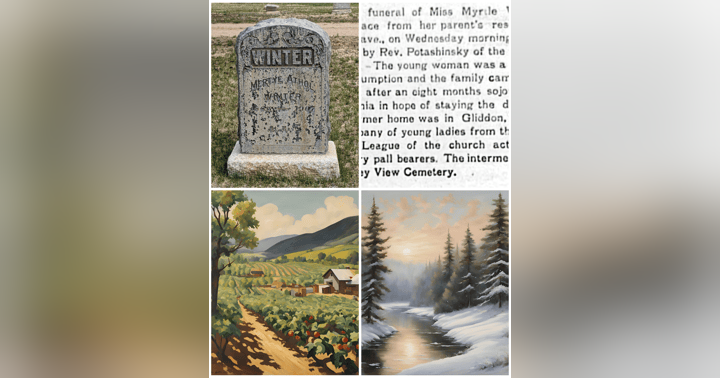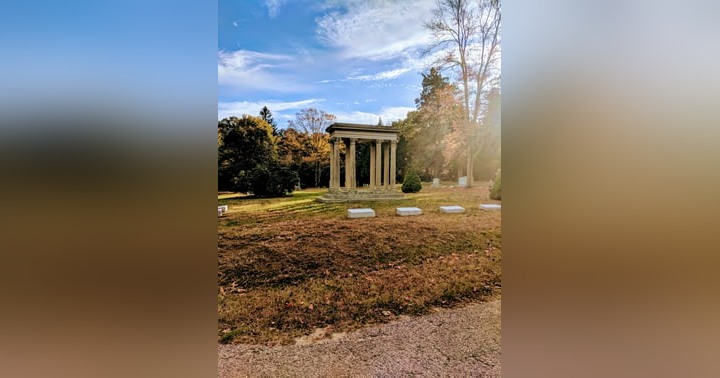The Role of Headstones and Footstones in Honoring the Dead

Why do many historic graves have both a Headstone and a Footstone?
Headstones, also called grave markers or gravestones, typically contain information about the person buried in a grave. They are usually placed at the "head" of the grave, similar to a headboard on a bed. This tradition has roots in Christian custom, where the deceased was buried with their head to the west and feet to the east, allowing them to face the rising sun and Jesus upon resurrection.
Footstones, which accompany headstones in many historic cemeteries, are smaller stones placed at the "foot" of the grave. They were originally used to mark the end of the grave, creating walking paths between rows of graves, and to denote the foot of the grave. Footstones often feature the initials of the deceased.
While footstones are less common in modern cemeteries, they are still used in some contexts. In recent years, footstones have been used as solo markers, particularly in cases where a smaller, more space-efficient option is desired. However, headstones remain the more common choice in most cemeteries.
When visiting historic cemeteries, it's not uncommon to find footstones out of place. Over time, these smaller stones have often been displaced, and you may find they have been moved to lean against the headstone. Often they have sunk into the ground, with only a small portion remaining visible. This displacement can be attributed to a combination of factors, including modern maintenance practices, natural erosion, and the wear and tear of age on the stone and surrounding soil. Despite their dislocation, these footstones still hold significant historical value, offering a glimpse into the lives and traditions of those who came before us.















